Cold-blooded animals, also called ectotherms, are those animals that do not have an internal temperature regulation system. In addition to mammals and birds, almost all cold-blooded animals on the earth are diverse and widely distributed. Common ones include fish, frogs, snakes, turtles, shellfish, and crocodiles. The following is a list of the ten largest cold-blooded animals in the world. They are: whale shark, Gulf crocodile, Amazon anaconda, leatherback turtle, Komodo dragon, king physalis squid, Chinese giant salamander, African giant frog, giant Crabs and clams.
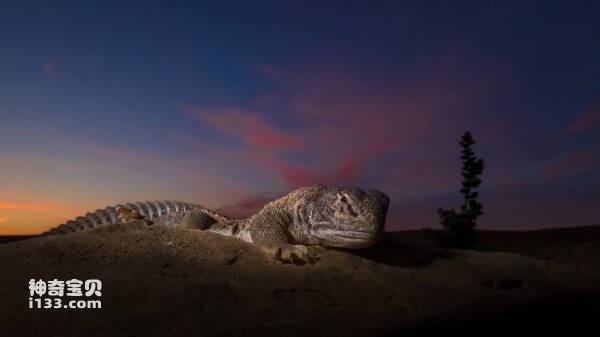
The whale shark is the largest species of shark and one of the largest existing fish. It is usually between 9 and 12 meters long. Scientific records show that the largest individual is 12.65 meters long and weighs up to 12 tons. Most of their bodies are gray, scattered with yellow and white spots, and each whale shark's spots have unique characteristics.
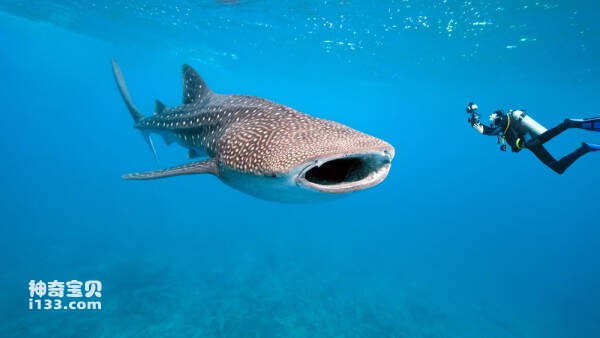
Although whale sharks are huge creatures, they have extremely gentle personalities and will even interact closely with divers. Whale sharks have almost no natural enemies except humans. They are widely distributed in the world's oceans, mainly in tropical and temperate coastal areas. Whale sharks are filter feeders that feed primarily on plankton, giant algae, and krill.
The crocodile is the largest of the 23 species of crocodiles and one of the largest reptiles on earth. Adult crocodiles are usually 3-5 meters long, and can even exceed 7 meters in length, and weigh more than 1.6 tons. Compared with other crocodiles, the crocodile has no obvious large scales on the back of its neck, so it is nicknamed the "naked-necked crocodile".

Crocodiles are mainly distributed from the coast of Southeast Asia to northern Australia and Papua New Guinea. They often inhabit coastal and tidal zones in estuaries, mangroves, swamps and other places. They feed on large fish, birds, and occasionally large prey such as wild deer and bison. The crocodile can easily crush the hard shell of sea turtles and is considered to be one of the most powerful creatures in the world.
The Amazon anaconda is considered to be the largest snake on earth. Generally, the length of an adult anaconda is about 5 meters, and some individuals can even reach more than 10 meters and weigh more than 225 kilograms. Their bodies are as strong as an adult male's torso, their wide mouths can open up to 180 degrees, and they have stretchable snake skin, allowing them to swallow prey larger than their own body size.
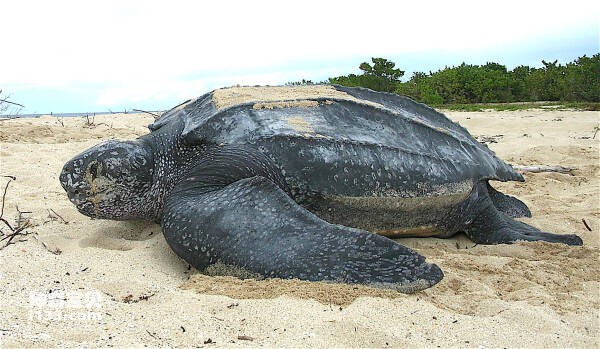
Amazon anacondas mainly inhabit South America, usually living in shallow waters on muddy banks. They feed on animals such as capybaras, water birds, turtle shells and even caimans, demonstrating their powerful predatory abilities and survival skills in adapting to the aquatic environment.
Leatherback turtles are one of the largest sea turtle species in the world, typically growing up to 2 meters long and weighing over 100kg. They live in the ocean. Unlike traditional sea turtles, leatherback turtles do not have a hard shell, but have leathery skin. Leatherback turtles have paddle-shaped limbs and particularly developed forelimbs, allowing them to swim quickly and flexibly in the ocean.
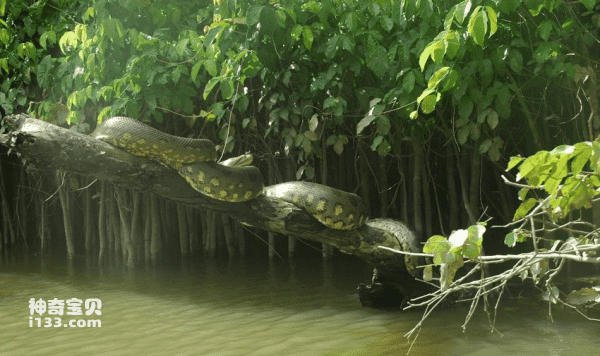
Leatherback turtles mainly feed on fish, shrimp, shellfish, seaweed and jellyfish. Although they have no teeth in their mouths, their esophagus is covered with large and sharp horny spines, which can easily grind food and then absorb and digest it. These spectacular leatherback turtles are widespread and can be found in coastal areas around the world. They mainly inhabit the middle and upper waters of tropical seas, and sometimes appear in offshore waters and harbors.
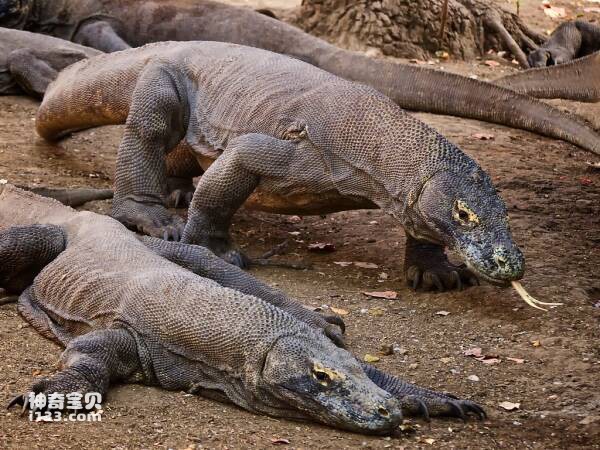
The Komodo dragon, also known as the Komodo dragon, is so huge that it can be called a "dragon". It usually reaches a length of 2-3 meters and is one of the largest lizards known to exist. These huge creatures are equally amazing in speed and can instantly accelerate to an astonishing speed of 20-25 kilometers per hour. However, they are better at sneak attacks, causing shock to their prey through the venom in their mouths, and then tearing them into pieces. , eating violently; and they prefer buffalo as prey to satisfy their staggering food needs.
Komodo dragons mostly gather in the Lesser Sunda Islands in Indonesia, inhabiting savannahs and forests. It was not until the early 20th century that these mysterious and magical creatures gradually became known to people.
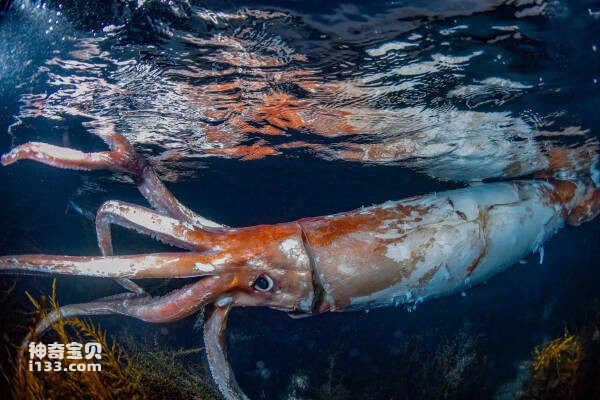
Even larger than the king squid, the giant physalis squid is the largest known squid and one of the largest invertebrates in the world. These squids are typical deep-sea giant squids that live in the depths of the Antarctic waters. They are extremely mysterious. So far, humans have only captured a handful of individuals.
In 2007, a giant king physalis squid caught in Antarctic waters was 4-5 meters long and weighed 245 kilograms. In 2013, a giant king physalis squid was caught weighing 350 kilograms. The growth rate of these creatures is astonishing. It only takes about 450 days to grow from juveniles to giant creatures. This growth rate is unique in the animal kingdom and is breathtaking.
The Chinese Giant Salamander is a rare wild animal unique to China. It is called the "Baby Fish" because of the sound it makes at night, which is like a baby crying. As one of the largest amphibians in the world, the Chinese giant salamander is usually about 1 meter in length, with a maximum length of 2 meters and a weight of 50 kilograms. Their skin is smooth and the color changes depending on the environment. Various colors, mainly brown or reddish brown.
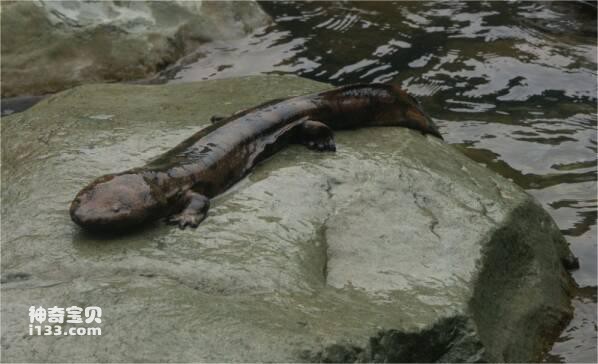
The Chinese giant salamander was once widely distributed in the Yellow River, Yangtze River and Pearl River basins, inhabiting streams and lakes with clear water. They mainly feed on fish, shrimps and aquatic insects, and sometimes small birds and rodents.
The African giant frog is one of the largest species of frogs on the planet. Its discovery and naming can be traced back to the famous amphibianologist Boulenger in 1906. These giant frogs can be up to 32 centimeters long and nearly 1 meter long when spread out. They have a distinctive triangular head, a flat and wide body, and a mouth wide enough to swallow relatively large food. The African giant frog has amazing jumping abilities, capable of reaching heights of up to 5 meters in one leap.
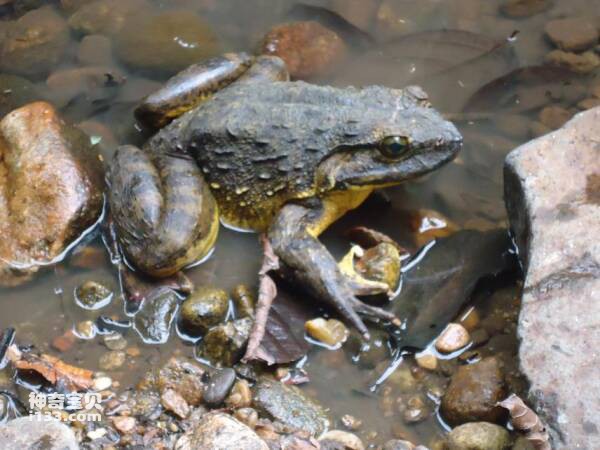
This giant frog is found only in the riverine areas of West Africa, mainly in the hot and humid virgin forests and large rivers of southern Cameroon and northern Equatorial Guinea. They prey on a variety of foods, including insects, fish, small mammals, and other amphibians.
The Giant Crab is one of the largest crustaceans in the world today and is also the prototype of the “killer crab” rumor circulating in China. The largest known giant crab sample can reach 4.2 meters with legs spread out, a body length of 38 centimeters, and a weight of up to 20 kilograms. Their lifespan can even be extended to a hundred years. These creatures are orange in color and covered with spots. They have ten slender and sharp claws and specialize in preying on fish.
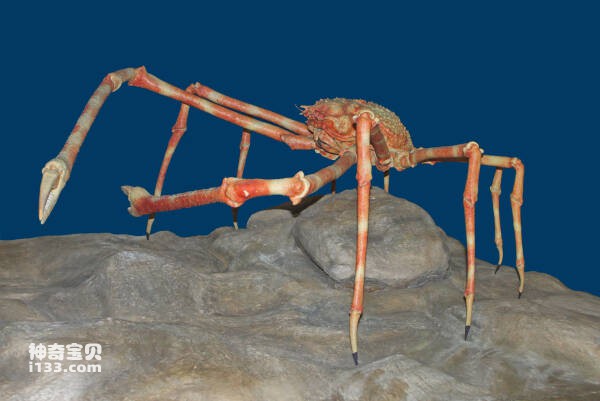
Giant crabs are mainly distributed on the Pacific coast near Japan, and most of them live near the Japanese archipelago. They live on the continental shelves and slopes of the deep sea, on beaches and rocky bottoms.
Tridacna is one of the largest bivalve shellfish in the ocean and is known as the "King of Shells". Its maximum body length can exceed 1 meter and its weight can reach more than 300 kilograms. These shells are thick, rough on the surface, and not eye-catching in appearance. However, once the shell is unfolded in the sea, the interior shows brilliant colors, often with various gorgeous patterns. Tridacna and zooxanthellae have a mutualistic relationship and feed on plankton.
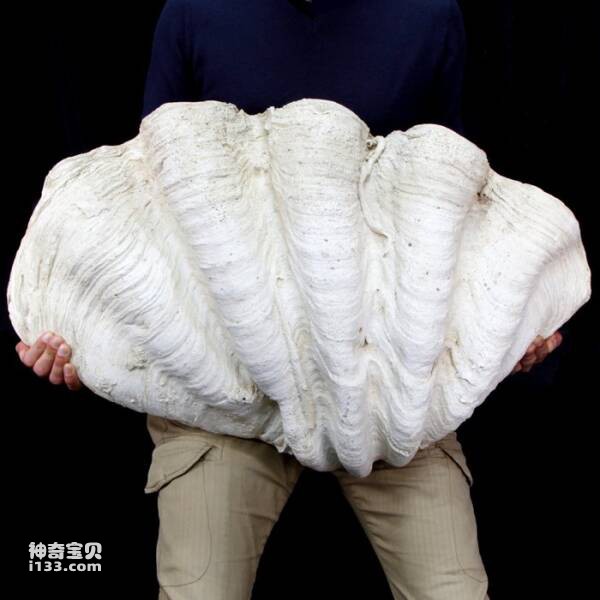
These spectacular creatures are found primarily in coral reef environments in the tropical waters of the Indian and Pacific Oceans, where they cohabitate with beautiful and diverse marine life.
The list of the world's top ten giant cold-blooded animals is derived by searching for cold-blooded animals (eothermic animals) on relevant online platforms and taking into account factors such as their morphological characteristics, living habits, population size, popularity and influence. This list aims to showcase the largest and most notable species in the animal kingdom. However, it should be noted that this ranking is for reference only, and the specific ranking may vary depending on different data sources and judging criteria.

If you have any questions about this list, or if you have any comments or criticisms, please leave a message at the end of the article. Your feedback is very important to improve the discussion on this topic. Let's explore these giant cold-blooded animals and experience their extraordinary presence and compelling charm in nature. Thank you for your attention and support!
animal tags: Cold-blooded
We created this article in conjunction with AI technology, then made sure it was fact-checked and edited by a Animals Top editor.